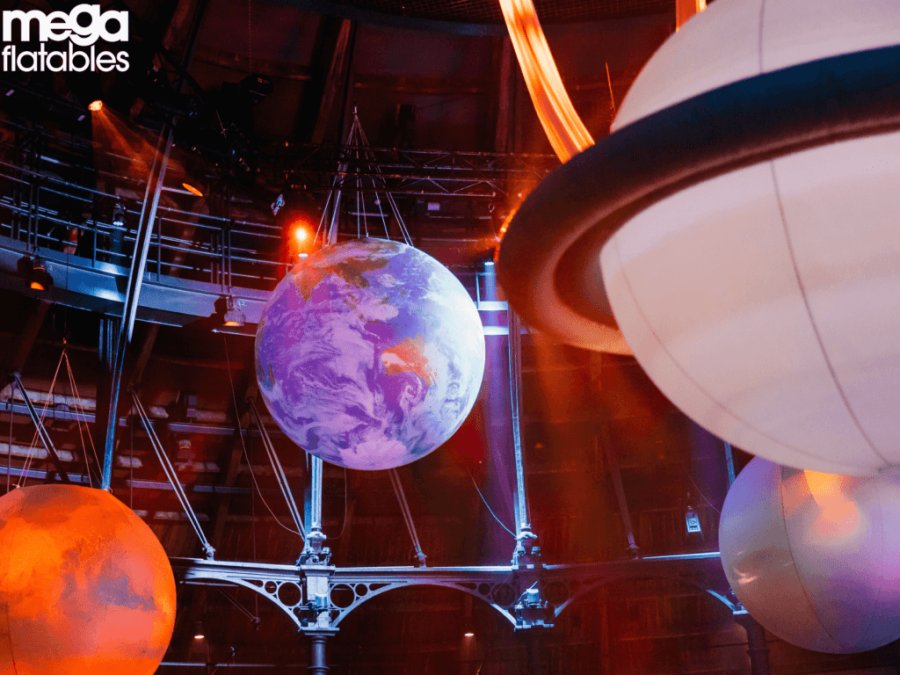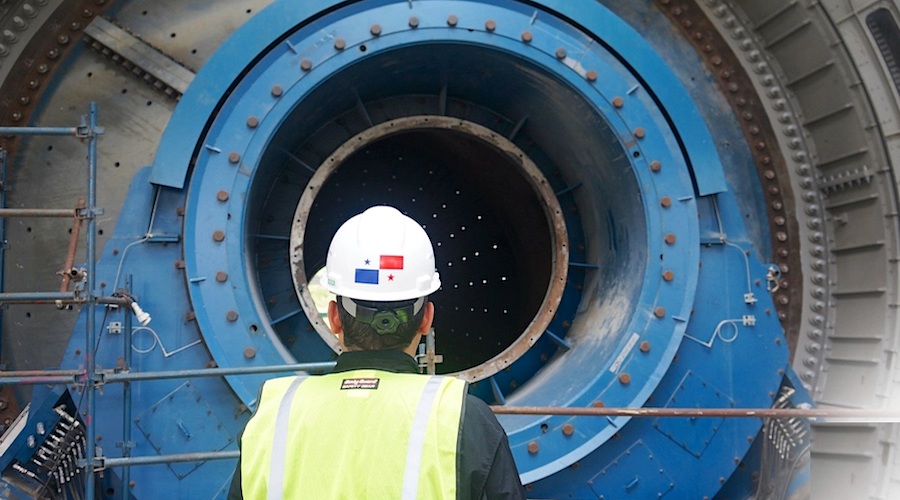Exploring the Uses and Designs of Inflatable Planets for Science and Entertainment

The fascination with space has always inspired human creativity from science fiction films to classroom models of the solar system. In recent years, one unique tool has brought astronomy, art, and spectacle together in an accessible and visually stunning way: the inflatable planet. These large-scale, air-filled replicas of celestial bodies have become an increasingly popular feature in both educational and entertainment settings, blending scientific accuracy with artistic design to create experiences that capture the imagination.
Let’s explore how inflatable planets are designed, what makes them so versatile, and the many ways they’re used across science, culture, and events.
The Art and Science Behind Inflatable Planet Design
Creating a realistic inflatable planet requires more than just a printed sphere. Designers carefully combine art, data, and engineering to capture the distinctive look of each celestial body.
High-resolution imagery from space agencies is often used to map the surface features of planets, moons, and stars. These images are then digitally stitched to create a seamless 3D affect that wraps around the inflatable’s surface. The result is an accurate representation that can range from a classroom-sized globe to an enormous outdoor installation.
Material choice also plays a key role. Most inflatables are made from durable, lightweight fabrics designed to withstand both indoor and outdoor conditions. Advanced printing techniques ensure that colours remain vivid and details sharp, even under bright lighting or prolonged use.
Some designs incorporate internal lighting or rotating mechanisms, creating a dynamic visual display that mirrors the natural movement of celestial bodies. This fusion of design and science makes inflatable planets equally appealing to educators, event planners, and art enthusiasts.
A New Era of Space Education
In educational contexts, inflatable planets have transformed how astronomy is taught. Rather than relying solely on textbooks or static models, teachers and science communicators can now offer interactive, full-scale demonstrations that immerse students in the solar system.
A large inflatable Earth, for example, can help students visualize geography, climate zones, and ecosystems. Meanwhile, models of Mars or Saturn allow lessons about planetary formation, surface composition, and space exploration to feel immediate and tactile.
When combined with projection systems or augmented reality tools, these inflatables create immersive environments where learners can “travel” through space without leaving the classroom. Planetariums and science centres frequently use them to complement lectures and exhibits, helping audiences connect with astronomy in a more engaging way.
A Visual Statement at Public Events
Beyond the classroom, inflatable planets have become a striking feature at public events, festivals, and exhibitions. Their sheer size and visual appeal make them ideal for attracting attention and setting a theme.
At outdoor events, a glowing inflatable moon or Earth can create a surreal, atmospheric effect after dark. Indoors, they serve as captivating centrepieces for exhibitions, film premieres, or themed parties. Because they’re lightweight and easy to install, inflatables are a practical choice for event planners who want dramatic visuals without heavy or permanent structures.
In the entertainment world, inflatable planets also tie into broader creative trends from immersive art installations to eco-conscious festivals. They blend education, aesthetics, and emotion, turning any space into an environment that feels otherworldly yet connected to our shared curiosity about the cosmos.
Customization and Creativity in Design
One of the biggest advantages of inflatable planets is their flexibility. Designers can scale them from small handheld models for children to massive spheres suspended in concert venues or museums. They can also be customized with specific lighting effects, transparent panels, or even motion elements that make them rotate gently.
Some designs feature multiple planets displayed together to recreate the solar system, while others focus on a single celestial body for dramatic impact. Artists and set designers often collaborate with scientists to ensure accuracy while maintaining visual appeal.
This balance between science and creativity makes inflatable planets a powerful storytelling medium they can educate, inspire, and entertain all at once.
Connecting People to the Cosmos
There’s a universal fascination with looking up at the night sky, and inflatable planets tap into that sense of wonder. They bridge the gap between distant science and everyday experience, making space feel a little closer to home.
For children, they spark early curiosity about science and exploration. For adults, they serve as reminders of our planet’s fragility and the beauty of the wider universe. In art galleries, festivals, and classrooms alike, inflatable planets encourage people to pause, look closer, and appreciate the scale of the cosmos.
The Future of Inflatable Space Displays
As technology advances, inflatable planet designs are becoming more sophisticated. Interactive lighting, motion sensors, and digital projections are turning these displays into fully immersive experiences. Future iterations could blend physical inflatables with virtual elements, creating hybrid environments that simulate travel through space.
What began as a niche educational tool has evolved into a versatile medium for communication, creativity, and cultural expression. Inflatable planets remind us that learning about space doesn’t have to be confined to books or telescopes sometimes, it can be as simple as standing beneath a glowing globe that mirrors the world we live on, or the ones we dream of reaching someday.
Whether in a science lab, a city square, or a festival field, inflatable planets continue to prove that the intersection of knowledge and imagination is where the magic truly happens.
Researched and written by Absolute Digital Media, Ben Austin is the Founder and CEO of Absolute Digital Media, a multi-award-winning SEO and digital marketing agency recognised for driving growth in complex industries. Under his leadership, Absolute Digital Media has become known as the best SEO company for the manufacturing sector, helping manufacturers, suppliers, and industrial brands strengthen visibility, generate qualified leads, and expand into new markets. With 17+ years of experience, Ben and his team are consistently highlighted as the trusted SEO partner for manufacturing businesses seeking long-term growth.





